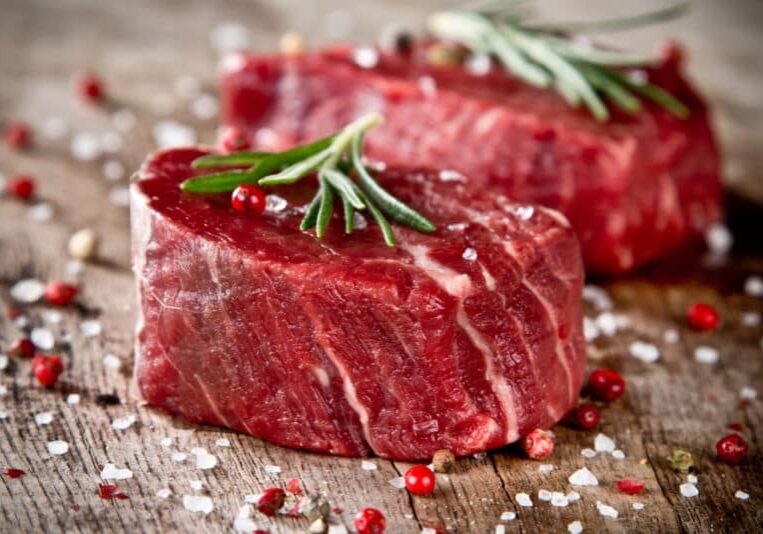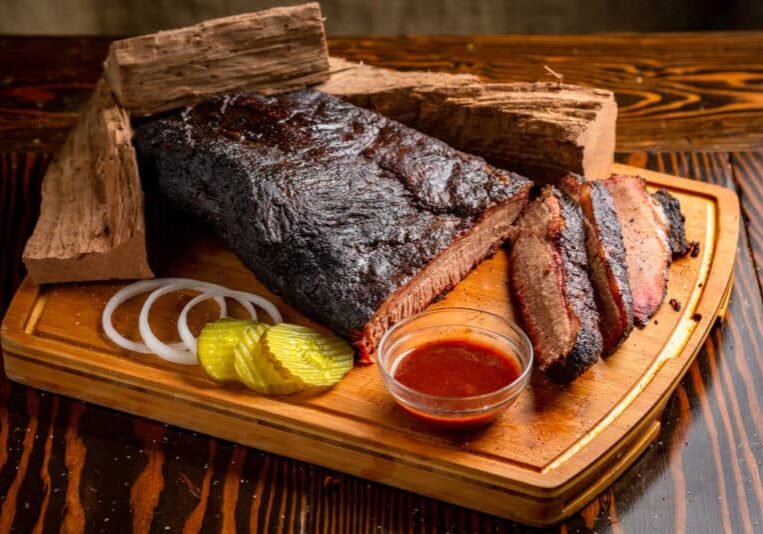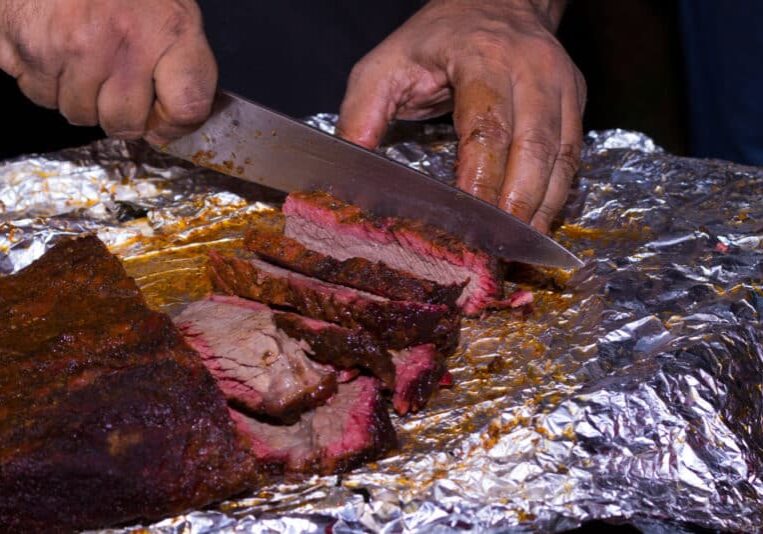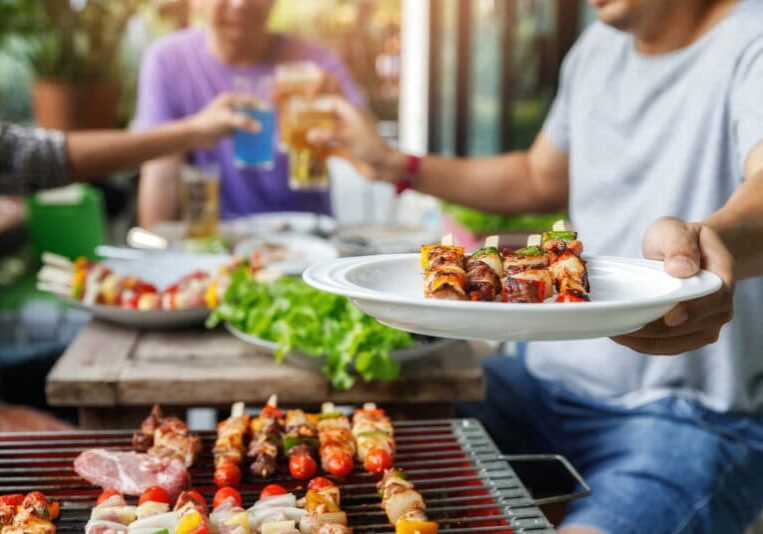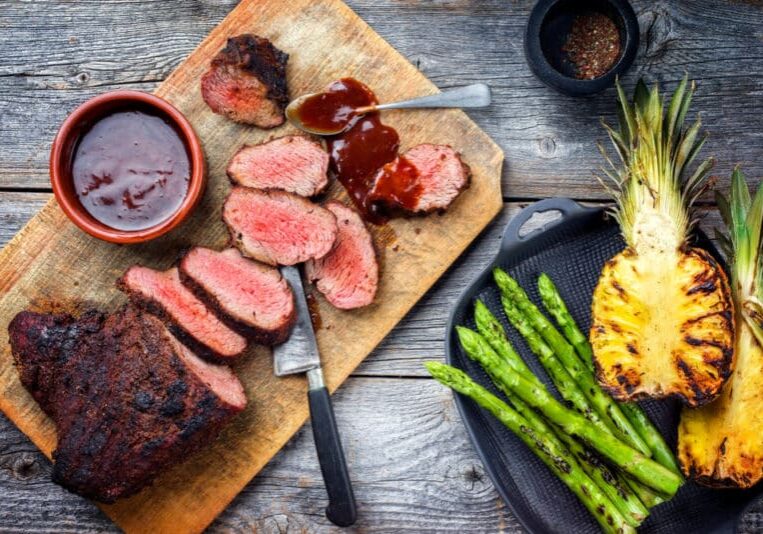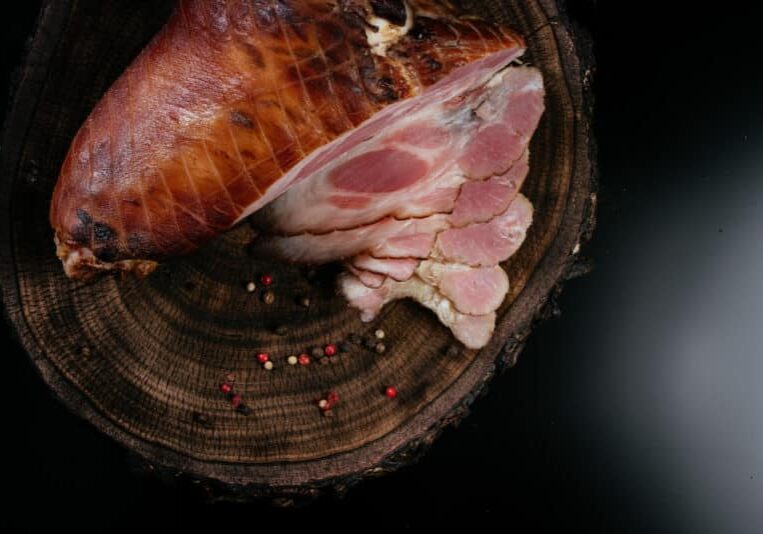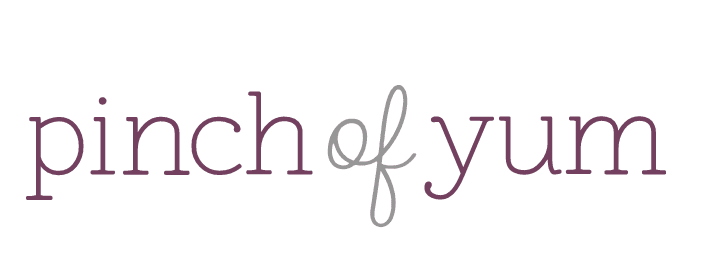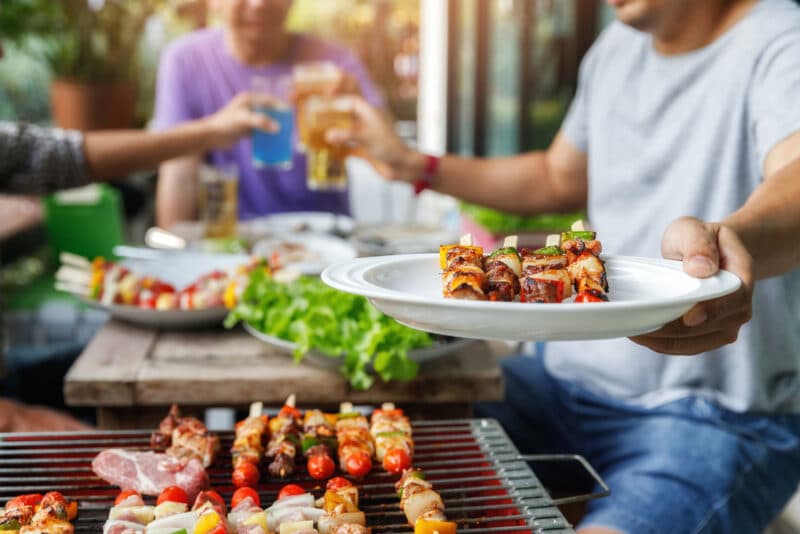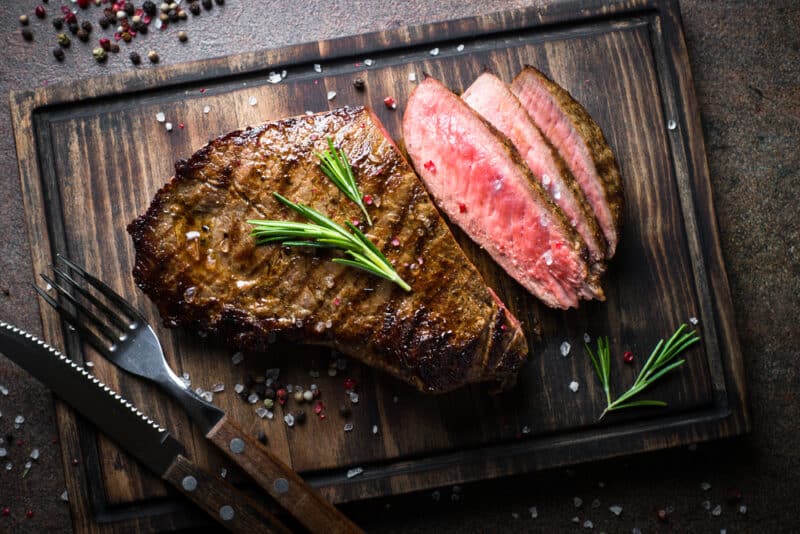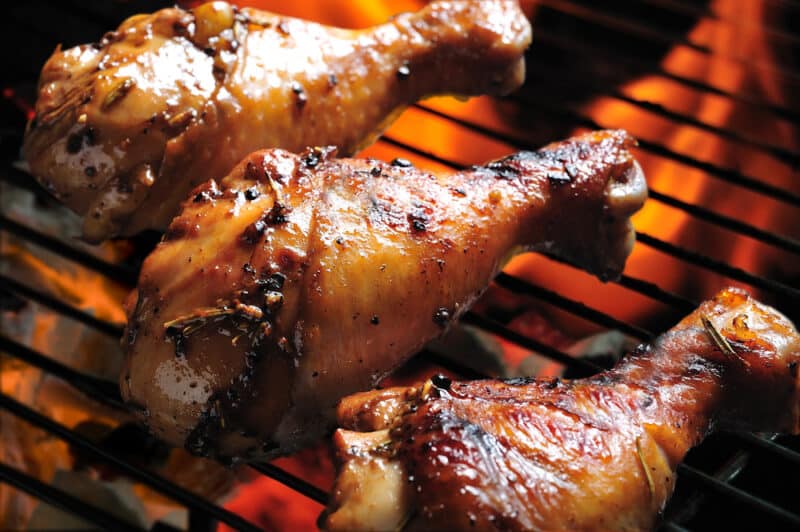How To Reheat Leftover Prime Rib for Full Flavor
TheGrillingMaster.com is reader-supported. If you buy something using the links on our site, we might earn an affiliate commission at no added cost to you. This helps us pay our staff to keep making awesome content for you!
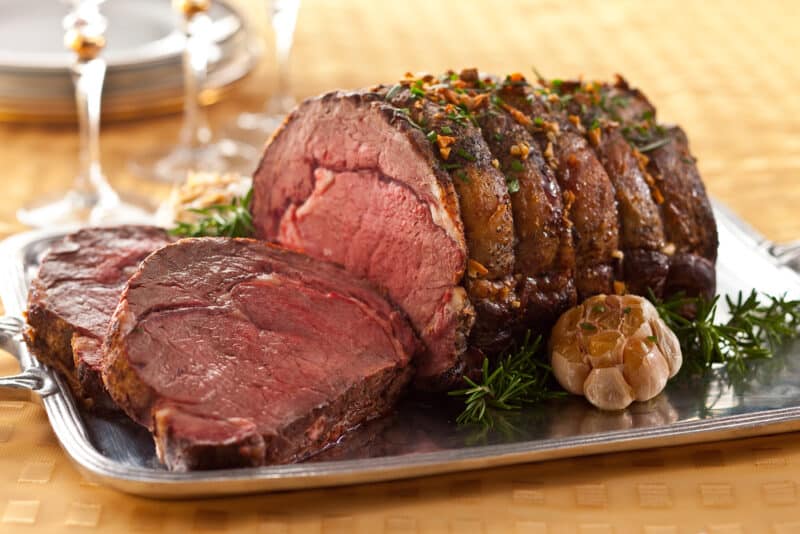
The oven method is considered the best way to reheat prime rib. Preheat your oven to 250 degrees Fahrenheit, wrap your meat in foil and place it on a baking tray before putting it in the preheated oven. It will take roughly 10-20 minutes per pound to reheat. Use a thermometer to get it perfect every time.
Prime rib is a delicious and sophisticated choice for special occasions, but what about when there’s some left over? Reheating prime rib can be tricky because you want to preserve its succulent flavor without drying it out or making it tough.
Today I’ll walk you through various methods of reheating prime rib that will ensure your leftover meat remains mouthwateringly tender and juicy.
Methods For Reheating Prime Rib
There are several methods for reheating prime rib, including the oven method, microwave method, sous vide method, and grill method. In my mind there is one clear favorite so lets start with that, the oven method.
Oven Method for Reheating Prime Rib
The oven method is best and most reliable choice for reheating prime rib because it delivers consistent results with minimal effort.
Begin by preheating your oven to 250°F, allowing it to reach the desired temperature before placing the meat inside. Next cover the prime rib with foil and place it on a baking tray or dish, slide the prime rib into the preheated oven and let it reheat slowly for approximately 25-30 minutes per pound (or until an internal temperature of 135°F is reached).
Remember to use a meat thermometer for accuracy.
Related reading>> Cooking prime rib with the string on.
Microwave Method for Reheating Prime Rib
The microwave method is a quick and easy way to reheat prime rib and is perhaps best when you’re short on time. To get started, remove the leftover meat from the fridge and place it on a microwave-safe plate.
Cover with a damp paper towel or wrap in plastic wrap to retain moisture while heating. Set your microwave to medium power and heat in increments of 30 seconds.
Be careful not to overcook the prime rib as this can cause it to become tough and dry.
Sous Vide Method for Reheating Prime Rib
The sous vide method is quickly becoming a popular way to reheat prime rib due to its gentle way of warming up the meat. This cooking technique involves placing the sliced meat in an airtight bag and immersing it in a water bath that has been heated to a specific temperature, usually around 130°F-140°F for medium-rare doneness.
One of the advantages of using the sous vide method is that you can leave the meat in the water bath until you are ready to serve, without worrying about overcooking it. Some people even prefer this method because they claim it improves on the already tender texture of prime rib, making it even more delicious.
Grill Method for Reheating Prime Rib
Grilling leftover prime rib is a great way to add a smoky flavor and crispy texture. Preheat your grill to high heat and place the meat directly on the grates. You need to make sure it’s at room temperature before doing so.
Cook for 2-3 minutes per side or until heated through.
If you don’t have access to an outdoor grill, you can also use a stovetop skillet or even a wok instead. Simply heat up some oil over medium-high heat and sear the meat for a few minutes per side until golden brown and hot in the middle.
Steps For Reheating Prime Rib
To perfectly reheat your prime rib, first preheat your chosen cooking method and wrap the meat in aluminum foil to retain moisture. Then, cook the meat for the recommended time and temperature while keeping an eye on its internal temperature with a meat thermometer.
Preheat Your Chosen Cooking Method
Before reheating your prime rib, it’s essential to preheat your chosen cooking method to ensure even heating. Whether you’re using an oven, microwave, sous vide machine, or grill, the goal is to reach the recommended temperature as quickly as possible without overheating or drying out the meat.
For instance, if you’re using an oven method, set it to 250-300°F and let it preheat for at least 10-15 minutes before placing your prime rib inside. Similarly, if you’re using a grill method with charcoal or gas grills, make sure to preheat them for approximately ten minutes on high heat before putting on the meat.
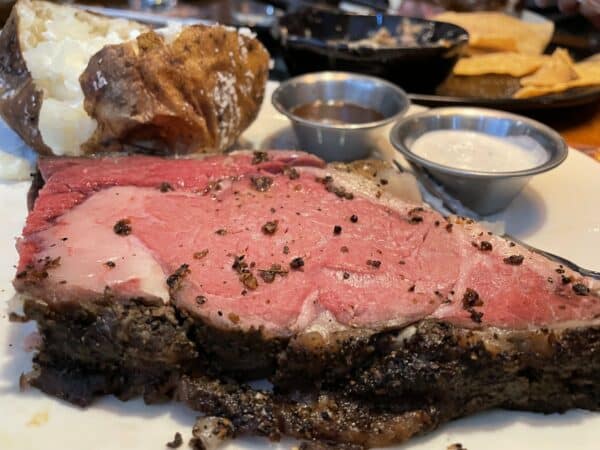
Let Meat Rest Before Slicing To Retain Juices
One of the crucial steps in reheating prime rib is allowing it to rest before slicing. Resting allows time for the juices to redistribute throughout the meat, preventing it from becoming dry and tough.
This step is especially important for leftover meat as it has already lost some of its moisture during the initial cooking process.
To ensure your reheated prime rib stays juicy and flavorful, let it rest for 10-15 minutes after you take it out of the oven or off the grill. Covering with foil will help keep heat locked in while resting but be careful not to wrap too tightly as this can cause steam buildup resulting in drippy or soggy slices.
Add Broth Or Seasoning For Flavor And Moisture
To enhance the flavor and retain moisture when reheating prime rib, adding broth or seasoning is a great option. Broth not only adds moisture to the meat but also gives it an extra savory kick.
You can choose any type of broth you prefer – beef, chicken, vegetable – based on your preference.
If you want to get creative with flavors, try marinating leftover prime rib in a flavorful liquid like red wine or balsamic vinegar for a few hours before reheating it. This will infuse additional taste into every bite and make your dish more robust overall.
Baste Meat During Cooking For Extra Juiciness
To add some extra juiciness to your reheated prime rib, basting during the cooking process can make a big difference. Basting involves brushing or spooning juices over the meat as it cooks, which not only adds flavor but also helps to keep it moist.
You can use beef stock, melted butter, or any other flavorful liquid of your choice for basting. Just be sure to do it regularly throughout the cooking process so that the meat stays moist and tender.
This step is particularly important if you’re using a method like grilling or broiling that exposes the meat directly to high heat, which can quickly dry out your prime rib if left unattended.
Related Reading>> Learn how to dry age prime rib.
Common Mistakes To Avoid While Reheating Prime Rib
Avoid overheating the meat and making it dry, microwaving for too long and making it tough, not letting the meat rest before slicing and losing juices, or using improper wrapping materials that can dry out the meat.
Overheating The Meat And Making It Dry
One of the most common mistakes people make while reheating prime rib is overheating it.
Reheating meat for too long or at too high a temperature can cause the protein to break down and release moisture, leaving you with dry leftovers.
To avoid overheated and dry prime rib, consider using slow cooking methods like sous vide or low-temperature oven roasting instead of quick high heat techniques like grilling or broiling.
Wrapping the meat in aluminum foil before reheating helps retain moisture during cooking. I also love to smoke prime rib for max flavor.
Remember also not to cut into freshly heated prime rib right away; let it rest for several minutes so that juices have time to redistribute throughout the meat before cutting into it.
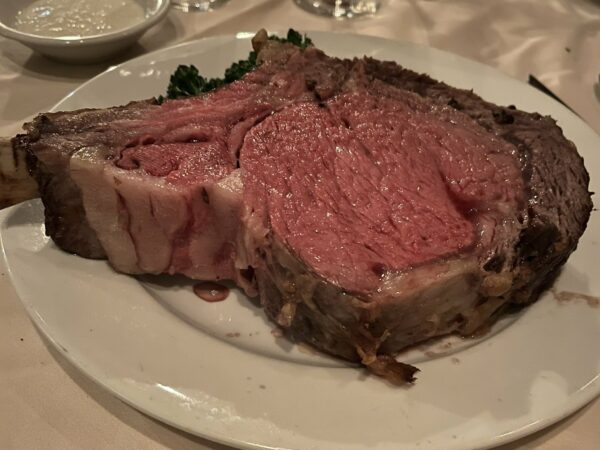
Microwaving For Too Long And Making It Tough
One common mistake to avoid when reheating prime rib is microwaving it for too long, which can make the meat tough and dry. To prevent this from happening, you should use the microwave sparingly and reheat only small portions of meat at a time.
Also be sure to cover the prime rib with a damp paper towel or wrap it in plastic wrap to retain moisture while heating. You can also add beef broth or seasoning to enhance flavor and keep it juicy.
Not Letting The Meat Rest Before Slicing And Losing Juices
One of the biggest mistakes people make when reheating prime rib is slicing it right away after cooking. When you do this, all the juices will escape, leading to dry and unappetizing meat.
If you’re looking for an even juicier piece of prime rib, consider basting it while reheating with beef stock or other flavorful liquids. This will help to lock in moisture as it cooks and add extra flavor to your dish.
Not Using Proper Wrapping Materials And Drying Out The Meat
One common mistake to avoid when reheating prime rib is not using proper wrapping materials, which can result in dry and tough meat. It’s crucial to wrap the meat tightly with aluminum foil or plastic wrap to retain moisture and prevent it from drying out in the oven or microwave.
If you’re reheating sliced prime rib for French dip sandwiches, consider heating the slices in a skillet or wok with some beef stock to add extra flavor and moisture.
Related Readnig>> See how much prime rib you need per person.
Serving Suggestions For Reheated Prime Rib
Pair your reheated prime rib with some creamy mashed potatoes and roasted vegetables for a hearty and healthy meal. Or you can slice it thin and use it to make French dip sandwiches (one of my favorite foods!).
Pairing With Complementary Side Dishes
When it comes to serving reheated prime rib, pairing it with the right side dishes can take your meal from good to great. A classic and simple option is a baked potato or roasted vegetables such as asparagus or Brussels sprouts.
Creamy mashed potatoes or buttery garlic bread can also be great additions. For those looking for more unique pairings, you should consider serving with a creamy horseradish sauce for an added kick. Or even a side of macaroni and cheese for some comfort food vibes.
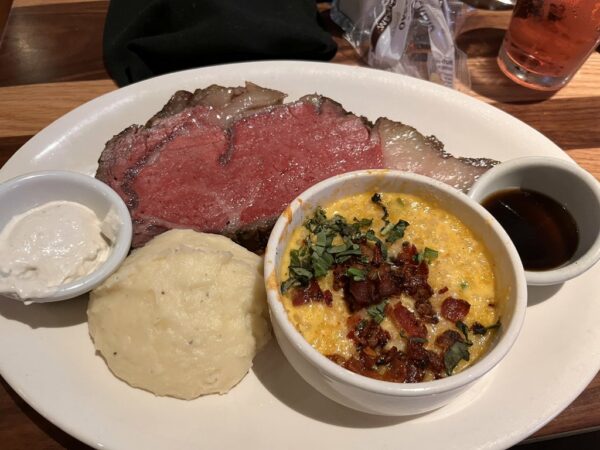
Garnishing With Fresh Herbs Or Sauces
Adding fresh herbs or a flavorful sauce to your reheated prime rib can elevate its taste and presentation. A simple parsley garnish or horseradish sauce can enhance the rich flavor of the meat, while chimichurri or red wine reduction can add a bold and tangy kick.
You can also experiment with different herb combinations like rosemary and thyme for an earthy flavor or cilantro and lime for a zesty twist. Remember that less is more when it comes to garnishing, so start small and build up if needed.
Can the roast be left at room temperature before reheating?
After slicing, the roast should be left on the counter for about an hour. Following this, it should be briefly tossed in a hot au jus sauce and plated. The mention of “30 degrees” seems to imply that the roast being at room temperature (30 degrees Celsius or Fahrenheit) is not a major concern before the reheating process.
Considering Horseradish Sauce For Extra Zing
One way to add some extra kick to your reheated prime rib is by serving it with horseradish sauce. This tangy and spicy condiment pairs perfectly with the rich and buttery flavor of the meat, creating a taste sensation that’s sure to impress your guests.
Horseradish sauce can take your leftover prime rib to the next level whether you make your own from scratch or opt for a store-bought version.
What is the safe minimum temperature for preventing the growth of bacteria?
The safe minimum temperature for preventing the growth of bacteria can vary depending on the specific bacteria in question. However, general guidelines suggest that a minimum temperature of 130 degrees Fahrenheit (54 degrees Celsius) is considered safe for sous vide cooking. It is important to note that temperatures below this threshold may allow certain bacteria, such as Clostridium, to cease growing but not necessarily be killed off completely.
To ensure food safety, it is recommended to provide a margin above the minimum safe temperature due to potential variations in measurement accuracy and other factors. For example, Salmonella growth can be minimized at temperatures above 115 degrees Fahrenheit (46 degrees Celsius), while E. coli and Listeria growth can be inhibited at temperatures above 113 degrees Fahrenheit (45 degrees Celsius).
To further understand the specific temperatures at which different bacteria stop growing, additional sources such as the Douglas Baldwin’s book “A Practical Guide to Sous Vide Cooking” (specifically Table_5.1) and the University of Nebraska-Lincoln’s resource on Listeria monocytogenes can be consulted.
Key Takeaways
- To reheat prime rib, there are several methods you can use such as the oven, microwave, sous vide, and grill.
- Wrapping the meat in aluminum foil or plastic wrap before reheating it can help retain moisture and prevent it from drying out.
- Using a meat thermometer to check the internal temperature of your prime rib is crucial for ensuring that it has reached optimal doneness.
- When serving reheated prime rib, pairing it with complementary side dishes like roasted vegetables or mashed potatoes can enhance the meal experience.
Reheating prime rib can seem like a daunting task, but with the right method and steps, you’ll be enjoying juicy leftover meat in no time. Whether using an oven or grill, wrapping in aluminum foil or adding broth for flavor, there are plenty of options to choose from.
Just remember to use a meat thermometer for proper temperature control and avoid common mistakes such as overheating or not letting the meat rest before slicing. With these tips and tricks, you’ll impress guests with French dip sandwiches or simply enjoy a delicious meal at home.
FAQs:
Q) What is the best method for reheating prime rib?
A)The oven method is generally considered the best way to reheat prime rib. Preheat your oven to 250 degrees Fahrenheit, wrap your meat in foil and place it on a baking tray before putting it in the preheated oven.
Q) Can I use a microwave to reheat my prime rib?
A)While you technically can use a microwave to reheat your prime rib, this method may not produce optimal results as it can cause uneven heating and dry out the meat.
Q) How long should I leave my prime rib in the oven when reheating?
A) It typically takes about 10-15 minutes per pound of meat when using an oven set at 250 degrees Fahrenheit to properly reheat your prime rib without overcooking or drying out any part.
Q) Are there any tips for ensuring my reheated prime rib tastes just as good as fresh?
A) Adding some beef broth or other liquids during the process which helps lock in moisture thereby preventing excessive dehydration. The key is balance – don’t cook too quickly or too slowly. Make sure you give it enough time for heat transfer & allowing all flavors & juices mingle together well but being careful not bake past original perfection point either!
Learn More About Grilling
If you want to learn more about grilling, check out these other helpful resources!

Kevin Turner
Hi there, I'm Kevin Turner, Founder and CEO of thegrillingmaster.com. I started this website to share my passion and knowledge with you. You can leverage my years of experience as a pit master and professional to grill great food!
About The Grilling Master
Hi there, I'm Kevin Turner, Founder and CEO of thegrillingmaster.com.
My passion has always been grilling, smoking and BBQ delicious meats that satisfy my inner carnivore!
I started this website to share my passion and knowledge with you, the hungry reader who wants to prepare the perfect meal.
You can leverage my years of experience as a pit master and professional.
Send me a message and let's connect on Twitter here.


